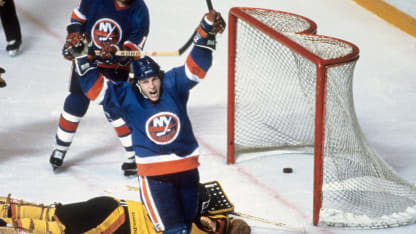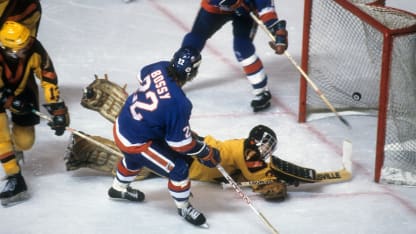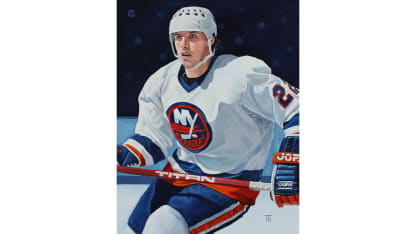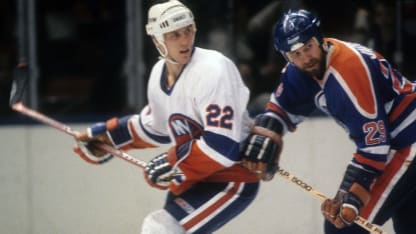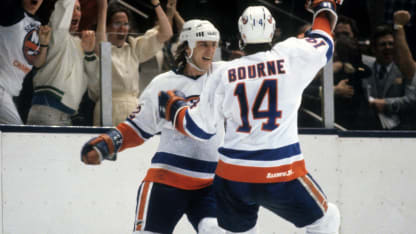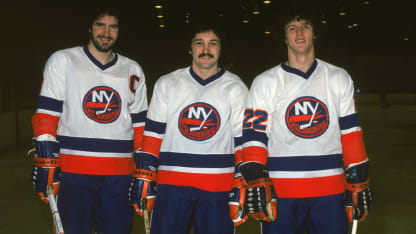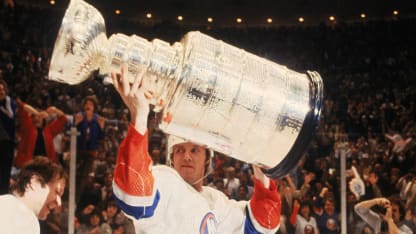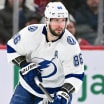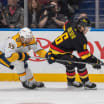All this stealth activity came in the service of Bossy's supreme talent and his all-consuming passion -- putting the puck in the enemy's net. "Scoring goals was what mattered to him most," his longtime center and close friend Bryan Trottier said. "He'd get mad at himself if he didn't produce in a game."
MIKE BOSSY CAREER TOTALS | View Full Stats
Games: 752 | Goals: 573 | Assists: 553 | Points: 1,126
It made him the most dangerous sniper of his era. Beginning with his rookie season in 1977-78, he scored more than 50 goals nine straight times, a feat of goal-scoring consistency no other NHL player has equaled. Even Wayne Gretzky, who also scored 50 nine times, could only (only!) manage eight straight.
Bossy and Gretzky also share the record for most 60-goal seasons (five), but Bossy alone has the highest goals-per-game percentage in NHL history, scoring a goal in 76 percent of his games.
And when a chronic back injury forced him to retire after 10 seasons, Bossy had also amassed 85 goals in 129 playoff games, then the most in NHL history. He was an essential ingredient in the Islanders dynasty of the 1980s and was inducted into the Hockey Hall of Fame in 1991.
Yet, apart from his immense desire to put the puck in the net, Bossy was unlike previous star goal-scorers. Lean and wiry rather than robust, he was not a raging bull like Maurice Richard, a muscular specimen like Gordie Howe and Bobby Hull, nor a hulking tree trunk like Phil Esposito. To his Islanders coach, Al Arbour, Bossy at first "looked injury-prone, kind of thin and frail." It was a deceiving appearance.
